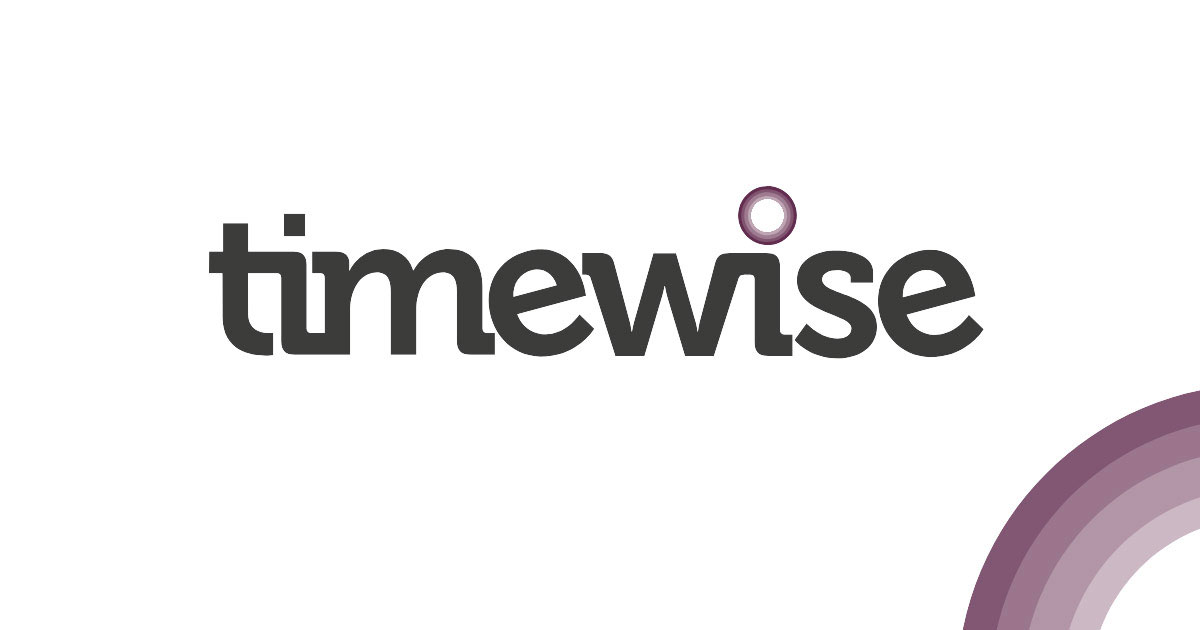

If you're asking to work flexibly, knowing how it will help you isn't enough. You'll also need to explain to your current or potential employer why it's in their interests to let you.

Before building your business case, it’s important to know your legal position. Since 6 April 2024, all employees in the UK have the right to request flexible working from their first day of employment. You can make up to two statutory requests in any 12-month period, and your employer must respond within two months.
However, having a legal right to request doesn’t guarantee approval. Employers can refuse requests for legitimate business reasons. This is why building a strong business case is so important – it significantly increases your chances of success.
Whether you’re seeking a brand-new role or negotiating with your current employer, it’s helpful to build your business case for flexible working before you ask for it. That means being clear about how the company will benefit from the arrangement you’re asking for. Here’s how to do it.
An excellent place to start is to consider whether the role would allow you to work a day or two a week from home. Identify the tasks where you don’t have to be office-based to still complete them well and on time. For example, if you work as a marketing manager or project planner with access to cloud-based files, then an element of strategy and design work could easily be done out of the office.
When building your case, be sure to focus on the benefits that working remotely will bring to your employer, such as:
If you’re happy to be office-based but seeking part-time or adjusted hours, the same point applies, think about how it could benefit the employer.
For example, if the role is in a small business, and you are more senior than the role requires, you would probably be able to deliver all the outputs they need in fewer days. So you could explain that they would get a more highly-skilled employee, who would need less managing, for the same budget.
Similarly, if you’re asking to work a full day, but start and finish early, you could note that this would provide cover for the office phones before the formal start of the working day. Or if you’re pitching to work as a job share, you could note the reasons why two heads are often better than one.
It’s also worth having a few facts up your sleeve to back up your case. For example, in a recent survey, three-quarters of respondents reported that flexible working improves their productivity. In the same survey, employees who work from home felt significantly less anxious or stressed than office-based colleagues.
There’s also evidence about the impact of flexible working on issues such as wellbeing and motivation, which might support your case.
If you’ve worked flexibly in the past, this can also act as evidence for your business case. Think back over your most recent flexible role and note how your arrangement worked in practice. For example, perhaps you had a compressed hours arrangement, working four long days instead of five standard ones, but your output was on par with your five-day colleagues.
If you haven’t worked flexibly in the past, you can highlight other people’s experiences. There are many success stories of individuals who make a huge impact on their employers, without being tied to their desk for 40 hours every week.
There are often personal and emotional reasons why a more flexible working schedule is more beneficial than the standard nine-to-five. It could be that you have child or elder care to consider, that you have a health issue, or maybe you’re looking to take a step back before you retire.
Whatever the reason, be sure to remove the emotion from your business case for flexible working. Remember, this isn’t about you. It’s really about how your flexible working arrangement will benefit your employer. And, as with any business case, the facts should speak for themselves and emotion should never play a part.
Flexibility works both ways. And, if you’re looking for a true partnership with your employer, you should make it clear that you’re prepared to give as good as you get. For example, it could be that you’re keen to work three days per week, but you would be needed in the office on one of your days off for the monthly team meeting. If that’s the case, you should be clear that you would be happy to swap your working days for those weeks so you can make the meeting.
By offering to be flexible in return, you’ll show your employer that working flexibly won’t stop you being a dedicated member of the team.
Finally, to give yourself the best chance of success, choose carefully when to pitch your business case.
For current employees: While you have the legal right to make a formal request from day one, you may want to wait until you’ve established yourself in the role and demonstrated your value. This isn’t a legal requirement – it’s simply strategic. If you need flexible working immediately, you’re entitled to request it.
For job applicants: If you’re applying to a new company, the best time to discuss flexible working is typically at the point of a job offer, having already blown your potential employer away with your skills and experience. Of course, if the employer mentions flexible working during your interview, or if it was part of the job advert, then it’s appropriate to have a discussion about how this might work.
When the time is right, be honest about what you want and why you want it, and be clear about how you feel this arrangement will benefit you both. Your honesty will help remove any ambiguity and pave the way for an excellent relationship.
When you’re ready to make your request, remember that you can make up to two formal requests per year. Your employer must respond within two months. If your first request is refused, use the feedback to strengthen a future proposal or consider whether a different flexible working arrangement might be more acceptable.